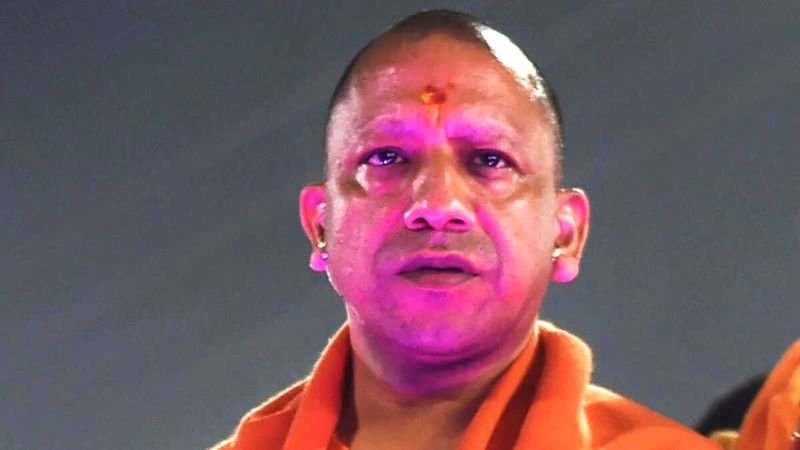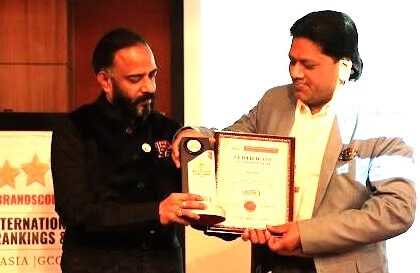
By Mohammad Tarique Saleem
Uttar Pradesh has long been a battleground for intense political competition, with the Bharatiya Janata Party (BJP) firmly establishing its dominance under Chief Minister Yogi Adityanath. His leadership has been characterized by strong governance, infrastructure development, and a firm grip on law and order. As per the speculation, if Adityanath were to be replaced by a weaker or less charismatic leader before the 2027 Assembly elections, it could significantly impact the BJP’s electoral performance.
Since taking office in 2017, Yogi Adityanath has built a reputation as a decisive and authoritative leader. His governance model, focused on development, investment, and security, has played a key role in maintaining the BJP’s voter base. He has successfully positioned himself as a mass leader, blending Hindutva politics with an administrative image that appeals to both urban and rural voters.
However, the BJP’s recent performance in the 2024 Lok Sabha elections in Uttar Pradesh showed cracks in its stronghold. The party lost several key seats, suggesting that voter sentiment is not as solid as in previous elections. This raises questions about whether the BJP’s dominance depends on Adityanath’s leadership or if a weaker chief minister could still retain the party’s voter base.
The Samajwadi Party (SP), led by Akhilesh Yadav, has been laying the groundwork for a strong comeback in the 2027 elections. Unlike in the past, where the party’s strategies were often last-minute, this time, it has launched early preparations with a structured plan to challenge the BJP. Yadav has repeatedly expressed confidence in winning the upcoming elections and has been working to strengthen the party’s organizational framework.
A major aspect of SP’s strategy involves alliances. The party is exploring potential tie-ups with smaller regional parties and even the Bahujan Samaj Party (BSP) to consolidate anti-BJP votes. Additionally, SP is trying to capitalize on public dissatisfaction regarding inflation, unemployment, and governance lapses. If the BJP leadership weakens with Adityanath’s exit, it could provide SP with an even greater opportunity to attract disillusioned voters.
If the BJP replaces Yogi Adityanath with a leader lacking his mass appeal and administrative efficiency, the party could face a leadership crisis. Adityanath’s popularity cuts across different voter segments, and his removal might create confusion within the BJP’s rank and file. Internal conflicts over leadership choices could also weaken the party’s election machinery. A weaker BJP leadership would allow SP to position itself as a stronger alternative, especially if it successfully builds a broad coalition. However, SP’s success is not guaranteed.
While the BJP’s internal struggles could benefit the opposition, elections are ultimately influenced by ground-level factors such as candidate selection, local issues, and voter outreach. The 2027 UP Assembly elections could be shaped by whether BJP retains Yogi Adityanath or replaces him with a less influential figure. If the latter happens, the Samajwadi Party could gain a significant advantage. However, to fully capitalize on this, SP must continue strengthening its grassroots presence and effectively mobilize support across different communities.











